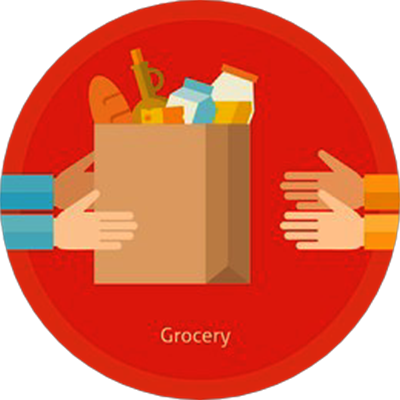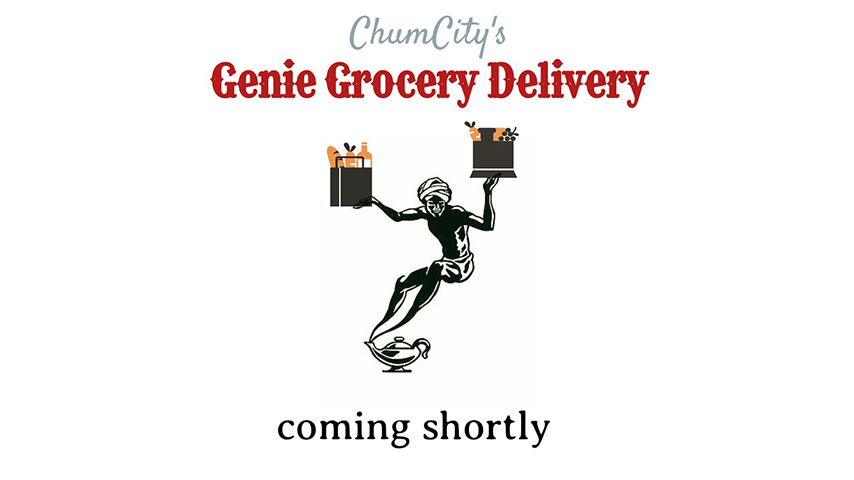In the ever-evolving world of logistics, speed, accuracy, and efficiency are no longer luxuries—they are necessities. As global supply chains grow more complex, businesses are turning to emerging technologies to stay ahead. One of the most impactful innovations in recent years is the Internet of Things (IoT).
IoT in logistics refers to the use of connected devices—like sensors, trackers, and smart equipment—to collect and share real-time data across the supply chain. It allows companies to track shipments, monitor vehicle conditions, optimize routes, and reduce costs like never before. This article dives into how to successfully apply IoT in logistics, real-world use cases, key features, and how to build a robust IoT-powered logistics platform.
Understanding the Role of IoT in Logistics
Before diving into the use cases, it’s important to understand how IoT is reshaping the logistics sector.
Key Concepts of IoT in Logistics:
Sensors and RFID tags: Used to monitor temperature, location, humidity, and other shipment conditions.
Fleet tracking devices: Installed in vehicles to offer real-time location and performance updates.
Smart inventory management: Warehouses use IoT-enabled systems to automate stock levels and order fulfillment.
Predictive analytics: Leveraging data from IoT devices to foresee disruptions and optimize logistics planning.
Together, these components offer transparency, efficiency, and data-backed decision-making.
Successful Use Cases of IoT in Logistics
Let’s explore how global logistics companies are successfully implementing IoT.
1. Real-Time Vehicle Tracking and Route Optimization
GPS-enabled IoT devices provide instant updates on truck locations and traffic patterns. Logistics companies use this data to reroute shipments, avoid traffic delays, and keep customers updated.
Example: DHL uses IoT-powered telematics to monitor driver behavior and adjust routes dynamically. This has significantly reduced delivery times and fuel consumption.
2. Smart Warehousing
IoT sensors help automate tasks like item scanning, shelf monitoring, and even safety checks. Combined with robotic systems, smart warehouses can operate 24/7 with minimal human intervention.
Example: Amazon’s fulfillment centers use IoT sensors in tandem with robots to improve inventory tracking and reduce picking errors.
3. Cold Chain Monitoring
For industries like food and pharmaceuticals, maintaining specific temperature conditions during transit is critical. IoT sensors placed in containers can monitor and report on temperature, humidity, and even light exposure.
Example: Pfizer uses smart temperature loggers in vaccine distribution to ensure products stay within the required temperature range.
4. Predictive Maintenance
Fleet vehicles are embedded with IoT sensors that monitor engine performance, tire pressure, brake systems, and more. The system can alert operators before a breakdown occurs.
Example: FedEx employs IoT-based predictive maintenance systems to reduce vehicle downtime and increase delivery reliability.
5. Asset Tracking
IoT helps track every package, container, or pallet in real-time using RFID tags and GPS-enabled sensors, reducing the risk of loss or theft.
Example: Maersk, the global shipping giant, has equipped its containers with IoT sensors to monitor cargo conditions and container location at every point.
Benefits of Using IoT in Logistics
Now let’s break down the top five benefits of implementing IoT in logistics and supply chain management:
1. Enhanced Visibility and Transparency
IoT provides 24/7 visibility into the status of assets, vehicles, and cargo. This transparency helps reduce theft, improve trust with clients, and create a better customer experience.
2. Increased Efficiency and Productivity
Automating processes like tracking, inventory updates, and delivery notifications significantly reduces manual effort and errors. Staff can focus on strategic tasks while machines handle the grunt work.
3. Reduced Operational Costs
Optimized routes, timely maintenance, and lower fuel usage translate into substantial savings. Cold chain monitoring reduces spoilage, while smart warehousing improves space utilization.
4. Data-Driven Decision Making
Real-time analytics from IoT devices empower managers to make informed decisions on fleet management, staffing, and warehouse operations.
5. Improved Customer Experience
With real-time delivery tracking, predictive ETAs, and accurate alerts, businesses can offer transparency that builds trust and increases repeat business.
Key Features of IoT-Powered Logistics Software
To leverage these benefits, logistics software must have the following features:
Real-Time GPS & Telematics
Automated Sensor Integration
Dashboard for Live Monitoring
Predictive Analytics Tools
Multi-Device and Mobile Accessibility
Cloud-based Storage and Backup
Robust API Integrations
Security & Data Encryption
These features form the backbone of modern logistics platforms and help enterprises scale with confidence.
How to Build IoT-Enabled Logistics Software
Developing such software requires a strategic approach. Here’s how:
1. Define Use Cases and Business Goals
What problem are you solving? Are you looking to monitor temperature? Track vehicles? Start by mapping out your goals clearly.
2. Choose the Right Hardware
Select compatible sensors, GPS trackers, and RFID tags that match your logistics infrastructure.
3. Partner with Experts
Collaborate with a company that specializes in custom IoT software development. They will help you build a scalable and secure solution tailored to your logistics needs.
4. Integrate with Logistics Tools
Ensure your new system connects seamlessly with your custom logistics software development platform, ERP, CRM, and inventory tools.
5. Test and Iterate
Conduct rigorous testing in real-world scenarios, gather feedback, and improve continuously. The IoT ecosystem evolves quickly, so your platform should adapt easily.
Future of IoT in Logistics
Looking ahead, IoT will continue to revolutionize logistics. Some trends include:
AI + IoT (AIoT): Combining AI with IoT to deliver predictive insights and automation.
Blockchain + IoT: To enhance security, data traceability, and smart contracts.
5G Adoption: Faster networks will allow more connected devices and faster data exchange.
Autonomous Vehicles & Drones: Guided by IoT sensors for delivery and warehouse management.
Businesses that adopt these technologies early will gain a significant competitive advantage.
Conclusion
The logistics industry is undergoing a massive transformation thanks to IoT. From route optimization and cold chain management to predictive maintenance and real-time asset tracking, the possibilities are vast and impactful.
By investing in custom IoT software development, logistics companies can build smarter, more agile, and cost-effective operations. When combined with custom logistics software development, the result is a future-ready logistics ecosystem that scales with your business and delivers unmatched value to customers.































